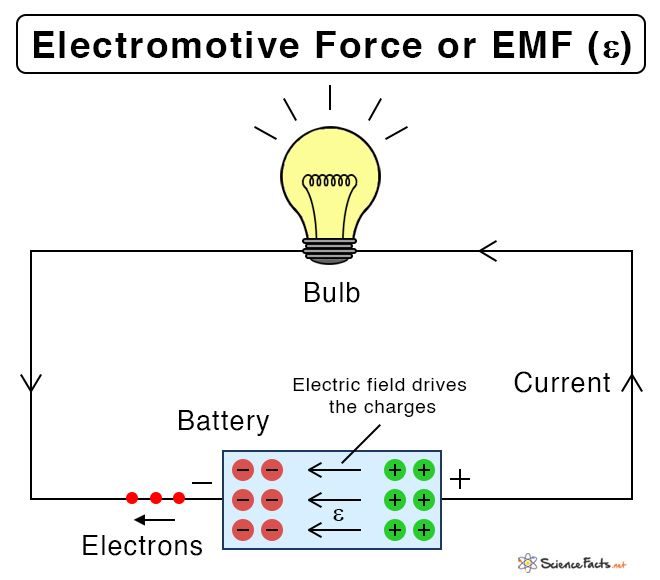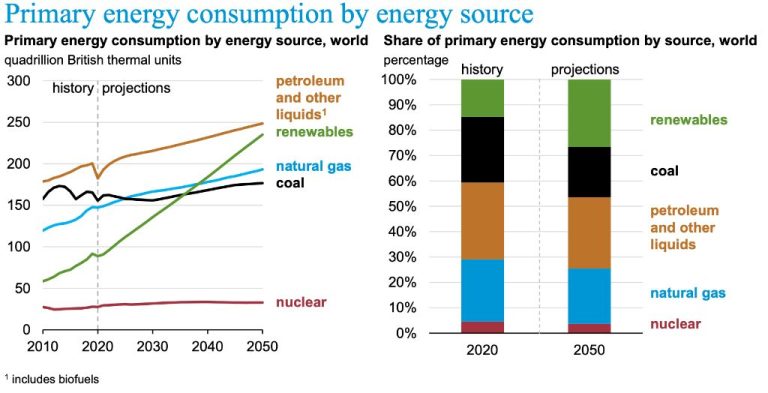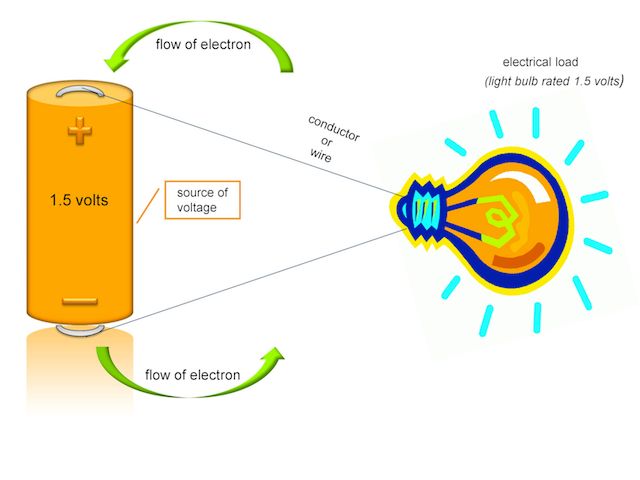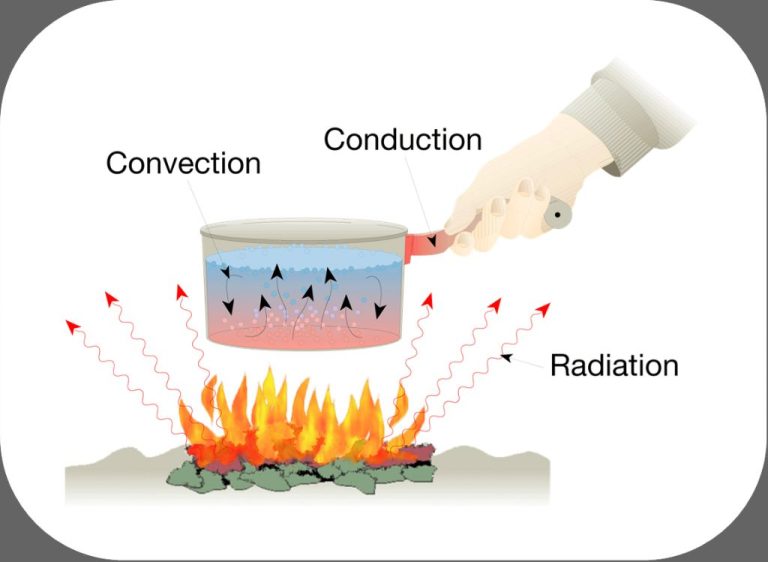When Can A Flow Of Electric Charge Happen?
Electric charge is a fundamental property of matter that causes particles to attract or repel each other. Electric current is the flow of electric charge. Understanding when and why electric charges flow is crucial because the movement of electric charges enables many key technologies that power modern society.
Electricity allows us to transfer energy for heating and cooling homes, powering appliances, running factories, and enabling communication networks. By understanding the conditions required for electric current to flow, we can design electrical circuits and devices that transform our lives.
This article will provide an in-depth look at the factors that enable electric current flow, including conductors and insulators, electric potential difference, closed circuits, sources of electromotive force, and resistance. We will also explore unique cases like superconductors and semiconductors. By the end, you will have a foundational grasp of the circumstances that permit electric charges to flow.
Conductors vs Insulators
Conductors are materials that allow electricity to flow through them easily. Metals like copper, aluminum, gold, and silver are good electrical conductors. This is because they have a crystalline structure with free electrons that can move throughout the material. When an electrical potential difference is applied, the electrons flow, creating an electric current.
Insulators are materials that resist the flow of electric current. Examples of good insulators include rubber, plastic, glass, porcelain, and dry air. Insulators have tightly bound electrons that cannot freely move. When an electrical potential difference is applied, no current flows. Insulators are used to coat wires and protect people from electric shocks.
The difference between conductors and insulators lies in their molecular structure. Conductors have free electrons that can carry charge, while insulators have tightly bound electrons that cannot move freely. This makes conductors good for transmitting electricity, while insulators are ideal for stopping its flow.
Electric Potential Difference
Electric potential difference, also known as voltage, is the difference in electric potential energy between two points in an electric field. This difference in electric potential energy is what causes charges to flow. Think of it like water flowing from high potential energy (like a water tower) to low potential energy (the ground).
Voltage measures the “push” or pressure behind current flow and represents the potential for that flow to do work like powering lightbulbs, appliances, or electronic devices. The greater the voltage, the greater the potential push for charges to flow.
Voltages can push charges around circuits. For example, a 9-volt battery has enough electric potential difference for charges to move and light up a small flashlight bulb. On the other hand, a 1.5-volt AA battery does not provide enough push for the charges to light the bulb.
Voltage is what causes charges to flow from point A to point B. Changing the voltage across a circuit will speed up or slow down the flow of charges. Voltage always tries to “push” charges from higher potential to lower potential until equilibrium is reached.
Closed Circuits
A closed circuit is a complete, unbroken path that allows electric current to flow. For current to flow, a closed circuit must have three key components:
- A power source such as a battery or generator that provides electromotive force (voltage)
- A conductive path connecting the positive and negative terminals of the power source
- A load or resistor that consumes electric power
If any component of the circuit is removed or broken, an open circuit results, stopping the flow of current. Some examples of open circuits include a wire disconnected from the battery, a burnt out light bulb, or a switch turned to the off position.
In a closed circuit, electrons flow from the negative terminal of the power source through the conductive path toward the positive terminal. This electron flow induces an electric field that cycles endlessly so long as the circuit remains closed. The electromotive force provided by the power source overcomes resistance in the circuit, enabling sustained current.
Simple circuits like a flashlight use a single closed loop with one power source and load. More complex circuits can have multiple branches and components. But regardless of complexity, circuits require a complete, uninterrupted loop for current to flow.
Electromotive Force
Electromotive force (EMF) is the energy per unit charge that causes charge carriers like electrons to flow through a material. EMF is generated by energy sources like batteries and drives the motion of charge carriers when there is a closed path or circuit for current to flow.
The most common source of EMF is the battery. A battery contains two terminals, one positively charged and one negatively charged. The chemical reactions inside the battery create an electric potential difference between the two terminals, establishing an EMF. This EMF pushes electrons from the negative terminal, through the circuit, and back to the positive terminal. The greater the EMF, the stronger the push on the electrons.
Other sources of EMF include electric generators, solar cells, thermoelectric devices, and even living organisms. For example, the sodium-potassium pump in animal cells creates an EMF by actively transporting ions across the cell membrane. This establishes a voltage difference across the membrane which drives important processes in the cell.
In summary, EMFs are crucial for powering the flow of electric current. Any time charges flow in a circuit, there must be an electromotive force to give them the required energy. This is why batteries are essential components of circuits, providing the driving force for current.
Resistance

Electrical resistance is the measure of opposition to current flow in an electrical circuit. Materials with high resistance impede the flow of electric charge and convert electrical energy into heat. Resistance is caused by interactions between the flowing electrons and the atomic lattice of the material.
As electrons flow through a conductive material, they collide with atoms in the lattice. These collisions transfer kinetic energy from the electrons to the atoms, heating up the material. Materials like metals have loosely bound electrons that can move freely, resulting in low resistance. Insulating materials have tightly bound electrons restricted in their movement, resulting in high resistance.
Resistance is quantified using Ohm’s law, which states that current is equal to voltage divided by resistance (I=V/R). Materials with low resistance allow a large current to flow for a given voltage. Materials with high resistance limit the current flow for the same voltage. Resistance is measured in ohms.
The amount of resistance depends on the material’s properties and dimensions. Conductors like metals have intrinsic low resistance whereas insulators have high intrinsic resistance. Resistance also increases with increasing length of the material and decreases with increasing cross-sectional area. By controlling these variables, desired resistance values can be achieved.
Superconductors
Superconductivity is a phenomenon where certain materials can conduct electricity with zero electrical resistance below a characteristic critical temperature. When cooled below this temperature, superconducting materials exhibit perfect diamagnetism and the complete ejection of magnetic fields from their interior. In addition, they allow electrons to travel through with no loss of energy.
The idea of superconductivity was first discovered in 1911 by Dutch physicist Heike Kamerlingh Onnes. While studying the electrical properties of mercury at extremely low temperatures, he observed that its resistance suddenly disappeared when it was cooled to temperatures near absolute zero. Since then, many different superconducting materials have been discovered including metals, alloys, ceramics and organic compounds.
Some common examples of superconducting materials include:
- Mercury – The first material found to become superconducting by Onnes in 1911.
- Lead – Has a critical temperature of 7.2K.
- Niobium – A soft, ductile transition metal that becomes superconducting below 9.2K.
- Yttrium barium copper oxide (YBCO) – A ceramic material that superconducts below 93K, allowing superconductivity at much higher, more practical temperatures.
- Bismuth strontium calcium copper oxide (BSCCO) – Another ceramic superconductor with a critical temperature of 95K.
The ability of superconductors to carry electricity with zero loss has led to many technological applications and innovations. They are used to make powerful electromagnets for MRI machines, maglev trains, particle accelerators and fusion energy research. Continued research into high-temperature superconductors may one day allow superconducting materials to replace wires in electrical grids and electronics, leading to greater efficiencies.
Semiconductors
Semiconductors are materials that have electrical conductivity between that of a conductor and an insulator. Their conductivity can be controlled through a process called doping.
Semiconductors are useful because their conductivity can be precisely controlled by adding impurities, in a process called doping. During doping, small amounts of impurity atoms are intentionally introduced into an intrinsic semiconductor’s crystal structure. The impurity atoms donate mobile electrons or holes, which can carry electric current.
There are two types of doping:
- N-type doping adds impurity atoms that donate mobile electrons, greatly increasing conductivity.
- P-type doping adds impurity atoms that accept electrons, creating mobile holes and also increasing conductivity.
The selective use of doping allows semiconductor materials like silicon to be formed into diodes, transistors, integrated circuits, and other electronic devices that form the basis of modern electronics. Doping transforms intrinsic silicon, which is not very conductive, into the silicon “wafers” used to manufacture computer chips and electronics.
Applications
Controlled flow of electrical charges is vital for electronics and other modern technologies. It allows us to convert electricity into useful work in many areas:
-
Communications technology – Mobile phones, radio, television, and the internet all rely on electrical charges moving through circuits to transmit information signals.
-
Computers – The integrated circuits and microprocessors that make computers work depend on regulating the flow of charges between millions of transistors.
-
Power generation – Power stations use electrical currents produced by turbines to distribute power via the grid to homes and businesses.
-
Transportation – Electric trains, hybrid cars, electric vehicles all convert electricity into motive power through precisely controlled electrical flows.
-
Medical technology – Devices like pacemakers and defibrillators use electrical pulses and signals that must operate in a precise manner.
In these and many other essential systems, the ability to start, stop, and direct the movement of electric charges is crucial for powering and controlling our modern world.
Conclusion
In summary, electric charge flows when there is an electric potential difference between two points in a circuit. This potential difference provides the electromotive force needed to move electrons through the circuit. For current to flow, the circuit must also be closed with no breaks, allowing electrons to travel in a loop. The ease with which current flows depends on the resistance of the material; good conductors like metals have low resistance, while insulators like plastic impede flow. Under special conditions, materials like superconductors can conduct electricity with zero resistance, while semiconductors only conduct under certain circumstances. By understanding the principles of electric potential, circuit completion, and resistance, we gain insight into when and how electric charge is able to flow.





